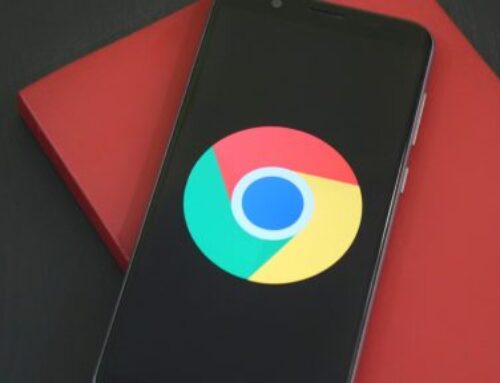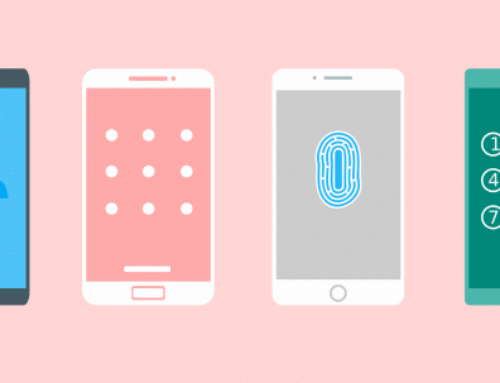Welche Augmented Reality Toolkits Sie kennen sollten.
In dem folgenden Beitrag möchten wir ihnen die Augmented Reality (AR) Toolkits verschiedener Anbieter vorstellen, ihre Eigenschaften bewerten und ihre Vor- und Nachteile abwägen.

Daqri-ARToolkit.
Dieses Toolkit wurde als Open-Source-Code eingeführt und schließlich von Daqri erworben, das nun eine kommerzialisierte Version anbietet. Das SDK funktioniert auf verschiedenen Plattformen, darunter Android, iOS, Windows, Linux, Max OS X und SGI. Zu den Fähigkeiten des Kits gehören die Verfolgung von Schwarzflächen- und Planarbildern, 2D-Bilderkennung, Kamerakalibrierung und optische HMD-Displayunterstützung. Aufgrund ihres Open-Source-Charakters ist die Dokumentation ihrer Bibliotheken jedoch eher schwach.
Vuforia.
Vuforia, das von Android, iOS, UWP und Unity Editor unterstützt wird, verfügt über die folgenden Funktionen:
- Erleichterung des Scannens von Zielobjekten mit dem Vuforia Object Scanner.
- Integration von leistungsfähigen Plugins auf verschiedenen Ebenen.
- Integration von virtuellen Buttons und die Möglichkeit, zusätzliche Elemente über OpenGL abzubilden.
Auf der anderen Seite ist das Framework von Vuforia unvollständig, was es für Entwickler, die zum ersten Mal mit ihm arbeiten, schwieriger macht, sich damit auseinanderzusetzen. Freie Versionen der Software sind jedoch nicht besonders flexibel in der Handhabung. Sie sind auch weniger geeignet für Cloud-Plattformen und tragen ein Wasserzeichen.
Wikitude.
Wikitude, eine weitere leistungsstarke Bibliothek, ermöglicht es Entwicklern, AR-Anwendungen mit Next-Level-Funktionen zu erstellen. Dazu gehören die Möglichkeit, reale Landmarken auf virtuellen Maps zu rekonstruieren, die Untertsützung von AR-Spielern und die Echtzeit-Suche nach Ereignissen, Artikeln und Social-Media-Posts. Das Kit kann sowohl in Android als auch in iOS verwendet werden und unterstützt Unity. Darüber hinaus ist die Dokumentation der Bibliothek gut struktriert und umfangreich. Entwickler können zunächst kostenlose Versionen nutzen, bevor sie auf Premium-Versionen umsteigen, die regelmäßig kostenpflichtig sind. Zu den Funktionen von Wikitude gehören Bilderkennung und -verfolgung, 2D- und 3D-Tracking-Technologie, GEO-Daten, Cloud-Erkennung und HTML Augmentation.
Apples ARToolKit, bekannt als ARKit, macht seit geraumer Zeit die Runde und wurde auf der WWDC 2017 offiziell anerkannt. ARKit verwendet Visual Inertial Odometry (VIO), um den Raum um Apples Geräte, einschließlich iPads und iPhones, zu verfolgen. Dies ermöglicht es den Geräten, während der Bewegung Leerräume zu erfassen. Darüber hinaus ist das Kit in der Lage, Raumaufteilungen zu analysieren und horizontale Ebenen wie Tische und Böden zu erfassen. Das bedeutet, dass virtuelle Objekte auf diesen Oberflächen platziert werden können. Nehmen wir zum Beispiel die neue App von IKEA, die mit ARKit entwickelt wurde. Auf diese Weise können Kunden die Platzierung und Positionierung von Möbeln in Flugzeugen und Leerräumen vor dem Kauf visualisieren.
ARCore, das Toolkit von Google, ist für Android 7.0 Nougat und alle neueren Betriebssysteme verfügbar. Entwickler können es für die Erstellung von Apps für Google Pixel, Samsung Galaxy S8 und andere OEM-Geräte verwenden. ARCore unterstützt andere 3D-Tools von Google wie Blocks und Tilt Brush sowie Spieleprojekte wie Epic Games, Niantic und Wayfair. Angesichts der riesigen Marktbasis von Android hat das Toolkit das Potenzial, das größte der Welt zu werden.
Wir hoffen, dass wir ihnen einen ersten kurzen Überblick über die verschiedenen Augmented Reality Toolkits geben konnten. Falls Sie noch Fragen haben sollten, hinterlassen Sie uns unten einen Kommentar.
Vielen Dank für ihren Besuch.


